Marion Restoration’s craftspeople are experienced in the application of traditional limewash, stuccos, and plasters. Lime wash is pure slaked lime in water. It produces a unique surface glow due to the refraction of calcite crystals.
Traditional stucco is made of lime, sand, and water. Modern stucco is made of Portland cement, sand, and water. Lime is added to increase the permeability and workability of modern stucco. Sometimes additives such as acrylics and glass fibers are added to improve the structural properties of the plaster. This is usually done with what is considered a one-coat stucco system, as opposed to the traditional three-coat method.
Lime stucco is a relatively hard material that can be broken or chipped by hand without too much difficulty. The lime itself is usually white; color comes from the aggregate or any added pigments. Lime stucco has the property of being self-healing to a limited degree because of the slight water solubility of lime (which in solution can be deposited in cracks, where it solidifies). Portland cement stucco is very hard and brittle and can easily crack if the base on which it is applied is not stable. Typically its color was gray, from the innate color of most Portland cement, but white Portland cement is also used. Today’s stucco manufacturers offer a very wide range of colors that can be mixed integrally in the finish coat.
Lime plaster was a common building material for wall surfaces in a process known as lath and plaster, whereby a series of wooden strips on a studwork frame was covered with a semi-dry plaster that hardened into a surface. To stabilize the lime plaster during curing, small amounts of plaster of Paris were incorporated into the mix.
A modern form of this method uses expanded metal mesh over wood or metal structures, which allows a great freedom of design as it is adaptable to both simple and compound curves.
